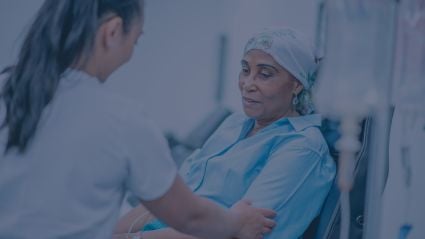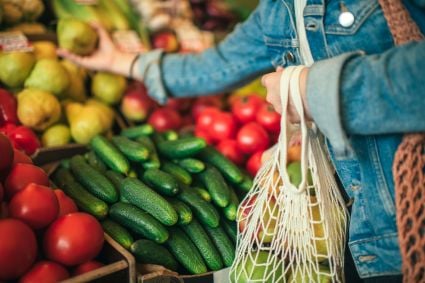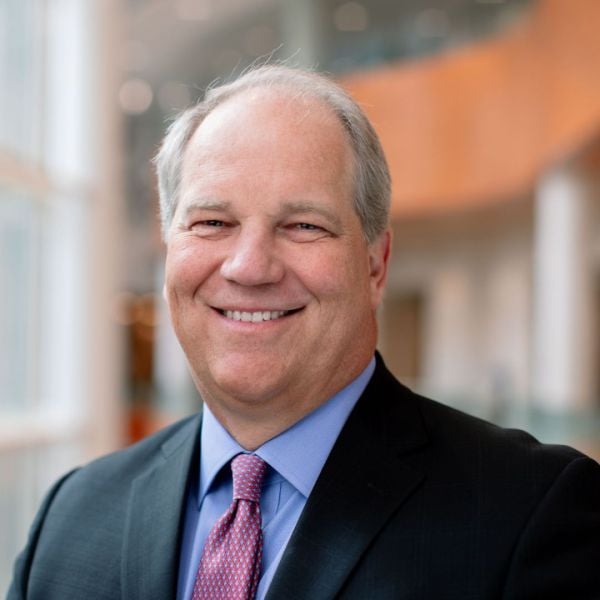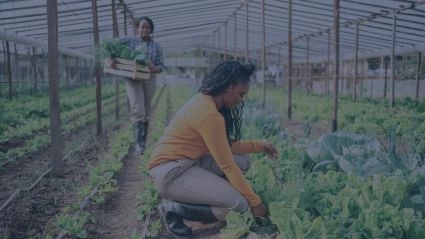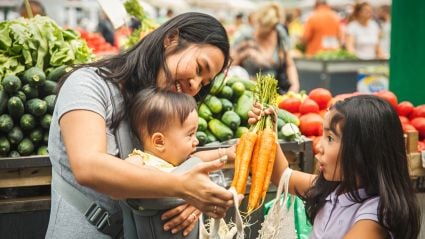
Food insecurity is one of the greatest health challenges in this country. The US Department of Agriculture reports that nearly 13.5 million households were food insecure in 2021—including 2.3 million with food insecure children. Food insecurity often stands in the way of equitable health outcomes and increases health-care spending. For children, it can hinder proper growth and the ability to learn in school.
The other harsh reality is that most of the health issues we face as a nation can be attributed to poor diet, leading to greater health risks, whereas healthy diets can help reduce risk for many chronic conditions. With food being so vital to our holistic well-being, we must all work to make healthy food accessible to more people. It’s not just about treating health problems after they appear—it’s about improving access to preventive care through nutrition, so people can stay healthy.
Research shows that households experiencing very low food security are 40 percent more likely to have a chronic disease than households that are food secure.
Health equity solutions must acknowledge this connection between diets and health outcomes. Identifying and addressing food insecurity can help prevent chronic conditions and other diet-related health issues that can lead to higher health-care costs. Health-care organizations can help enable healthy diets and prevent chronic diseases in the following ways.
Health equity solutions must acknowledge the connection between diets and health outcomes.
Meet People Where They Are
Health-care companies can partner with community-based organizations or food distribution sites to increase access to food or bring nutritious food directly to people through home-delivered meals. CVS Health’s Resources for Living program helps members find food delivery services, such as those provided by Meals on Wheels, using customized research to help meet members’ needs.
Address the Cost Barrier to Healthy Food
Healthy food is typically more expensive than unhealthy food, and larger price differences between the two are correlated with lower odds of having a high-quality diet. Food and nutrition benefits can make nutritious food more affordable by reducing the cost barrier. Cities across the US, like Seattle and New York, have programs providing people with monetary support to offset the cost of purchasing nutritious food. In Louisiana, Aetna Medicaid works with the Healthy Families Produce Rx program to provide eligible members with financial support each month to help them pay for fresh produce.
Improve Nutrition Education
Health-care organizations can also help educate people about nutrition needs and equip them with the knowledge and ability to eat healthy and nutritious food daily. This can include incorporating dieticians as part of holistic health care or providing cooking and nutrition classes for patients. A few of Aetna’s Medicaid programs are using nutrition education as preventive care to help prevent the escalation of the condition to diabetes and its associated financial, physical, and social toll.
Take a Multicultural Approach
Food is a key aspect of expressing and maintaining culture. Nutrition education must address cultural and linguistic differences and empower people with culturally competent nutritional information. Health-care organizations can ensure that their dietitians are prepared with culturally appropriate educational materials provided in multiple languages to support the communities most affected by dietary-related health conditions.
Maximize Opportunities throughout the Health-Care Ecosystem
Health plans, pharmacies, and other health-care organizations can all play a role in supporting Food Is Medicine programs by recognizing food’s importance in our holistic health and well-being.
Pharmacies, for example, can play a critical role in advancing Food Is Medicine. Pharmacists are seen as one of the most trusted health providers by members of their local communities. Through Food Is Medicine solutions that engage pharmacists, we can help people manage their medication and nutrition. Retail pharmacies can also play a role in addressing food insecurity by participating in programs that increase access to food, including the Supplemental Nutrition Assistance Program (SNAP), which allows SNAP participants to pay for food using their benefits. More than 6,900 CVS Pharmacy locations nationwide participate in the program.
By pushing the entire health-care ecosystem to include access to healthy food and nutrition education early on as an integral part of preventive care, we can help improve people’s overall health and help them live as healthy as possible.






